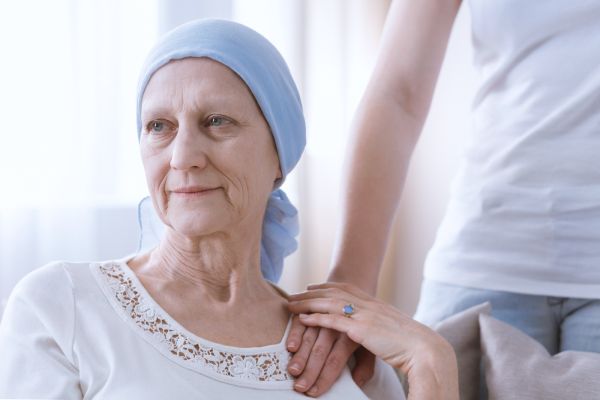If your doctor recommends “watchful waiting” as a treatment approach for your kind of cancer, it may sound alarming. But understanding the reasoning and science behind it can help to alleviate concerns.
Also known as active monitoring, watchful waiting is advised for some blood cancers – usually subtypes of low-grade B-cell lymphoma (LGBCL) and chronic lymphocytic leukemia (CLL) – because it can balance treatment risks and benefits.
Blood-related cancers cover a spectrum of disorders. Some are aggressive and require immediate medical attention, and treatment delays can potentially compromise clinical outcomes for the patient.
A desirable therapeutic option
However, for people with slow-to-progress lymphomas (including CLL), who have no symptoms related to their lymphomas, normal laboratory parameters and a small amount of cancer in their bodies, observation is a more desirable therapeutic strategy. At this end of the spectrum of blood disorders, cancer cells can actually cohabitate in a friendly way with a patient’s body, and sometimes the risks posed by immediate treatment do not outweigh the benefits.
The human body can sometimes adapt to cancer cells naturally, and observational studies and clinical trials have demonstrated that postponing treatment in low-grade lymphoma patients with no symptoms until medically necessary does not impact survival. If cancer cells do not impact a patient’s quality of life or immune function, early intervention might cause unnecessary side effects.
Support for discovering new treatments
Watchful waiting also allows physicians and scientists to develop new treatment approaches with better anti-cancer activity and potentially fewer side effects. Significant advancements in our understanding of how patients develop lymphomas, and in diagnostic tools to better characterize each subtype of lymphoma include, among others
- Gene sequencing technology that analyzes the genetic profile of the cancer cell and gives us a better understanding of the biology of lymphomas.
- New immunotherapies that harness the patient’s immune system to attack cancer cells
These changes stress the importance of how active monitoring, when appropriate, can benefit you and blood cancer treatment overall. Understanding your specific disorder and how cancer cells interact with your body can help you see why the best approach for treating your blood cancer may be watchful waiting.
Get a second opinion
If you have been diagnosed with lymphoma — or your previously treated disease has recurred — you need a second opinion. We will ensure you get it without delay.




